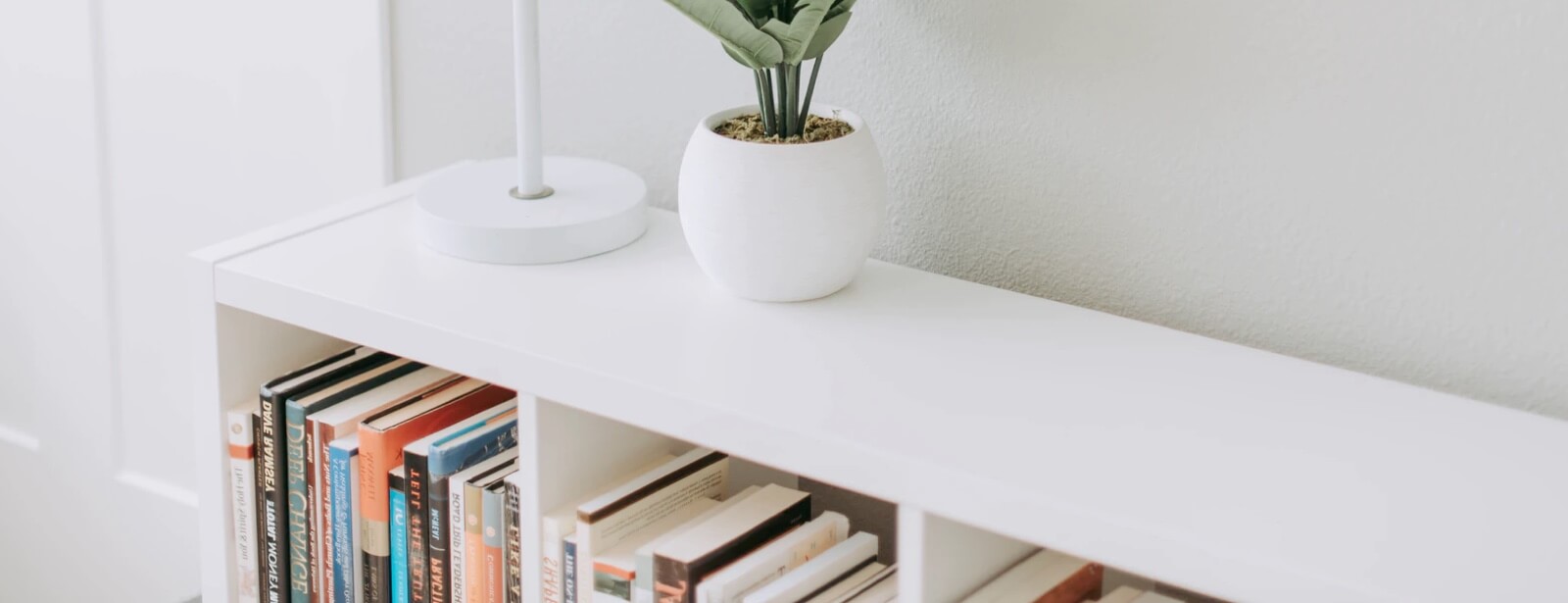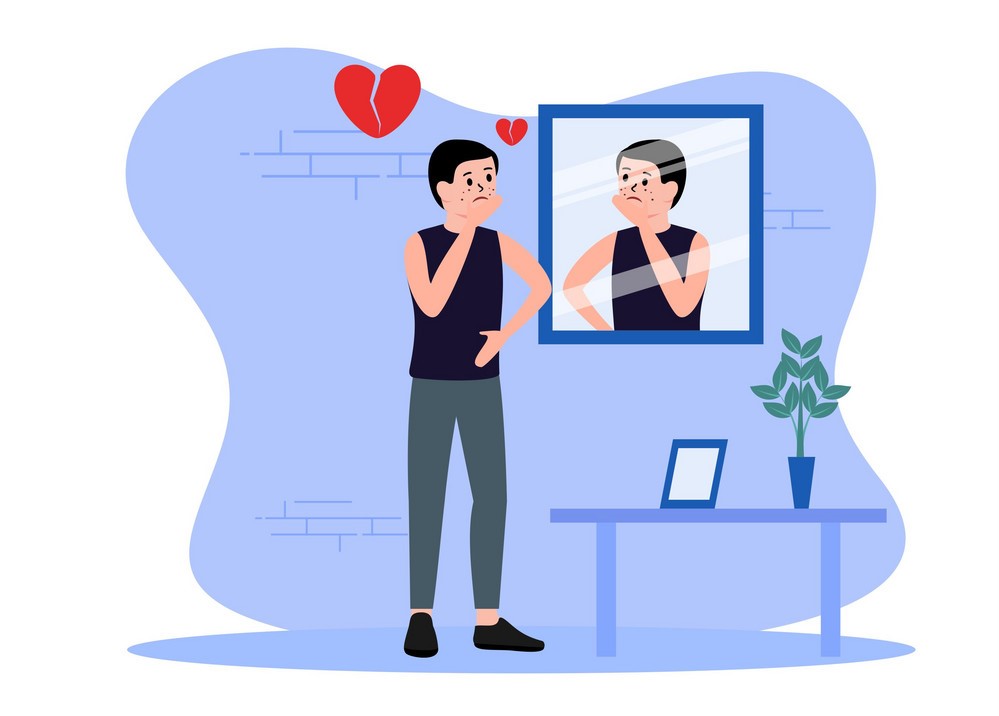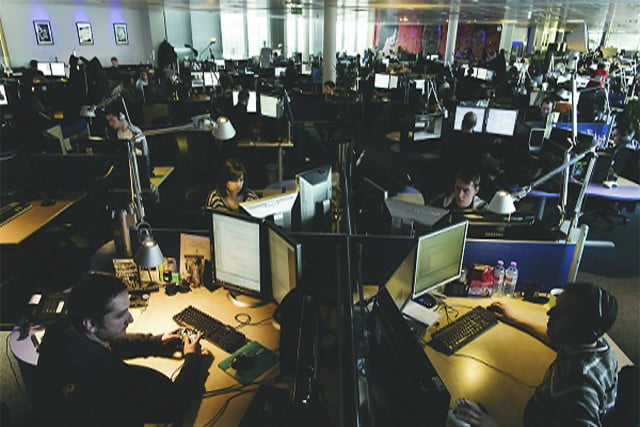
Adapting to find solutions and survive despite difficulties is probably the most constant factor in humankind’s history. For thousands of years, we have been developing methods like agriculture that helps us to provide food, creating new technologies to communicate (from the alphabet to computers), and overcoming biological limitations like not seeing in the dark with discoveries like electricity.
It’s interesting to think how to adapt and overcome difficult situations is part of our nature. Let’s take the situation we are living in, for example. Human bodies can adapt quickly to survive life-threatening situations like coronavirus crisis and lockdown. For example, do you feel that you are over-eating? According to the neuroscientist Marwa Azab, your brain is making you overeat to guarantee fat reservations considering the possibility of food disappears. Also, you might find it hard to focus on different tasks, but that is because your brain is mainly focusing on the most important subject at the moment, coronavirus. Feeling stressed in moments like this is a natural response of our body due to the constant awareness state to guarantee our safety, says the neuroscientist and writer, Dean Burnett.
The ability that helps us find new solutions for old or new problems is also hidden in the brain: creativity. The unique ability to cross new information with our memories, and come up with ideas is what makes us creatives, an important part of a solution-oriented behavior. Creativity helps us to take risks needed and come up with ideas that help us to transmit positivity and move forward to take action in the face of challenges.
Our daily challenges during the coronavirus crisis are not only related to the healthcare system. With the self-isolation mechanism and high infection index, design, business, communication and other fields also had to reinvent themselves. Let’s check a little bit more about some new ideas and solutions brought to fight the pandemic!
Communication & Data
- ncov2019.live for safe information
Keeping up with the data about COVID-19 through the news can be hard because it is constantly changing. Besides that, it’s easy to spread fake news and misinformation. Reaching to fight these problems and help to fight the current crisis, the 17-year-old student, Avi Schiffmann created a website to display updated information about the number of cases confirmed, critical, and recovered each day, updated every 10 minutes. We can search for information according to the country, continent, or even globally. The website also brings news about the virus and how to stay safe and a newsletter subscription to daily updates about coronavirus stats.

- http://thegoodnewscoronavirus.com/ for positive information
The Brazilian website available in Portuguese and English brings positive news related to coronavirus as a key to reduce the current anxiety and despair brought by the news we have been daily watching or reading. Civil society actions, vaccine researches, and collaboration between the international community are among the main topics.
Design & Technology
- HygineHook for safe and clean hands
If we said to ourselves last year that opening doors would become a problem in our lives, no one would believe. Today, it is considered an unsafe activity if you have sanitized your hands and it’s important to remind you to clean door handles at home. For people who are still working in hospitals or somewhere else where a larger group touches the stainless steel surface, it’s even more dangerous. Thinking about it, the British designer Steve Brooks developed a hook made of no-porous and easy to clean material that is produced by a 3D printer. Besides the safer material, the door hook allows you to open doors using your forearm instead of your hands, keeping them sanitized. The design and other models are available online and people or companies with a 3D printer can make one.
- Phone booths or testing facilities?
South Korea is a country known for its massive testing of patients, and part of the solution is related to the improvement of the examination system Cabins looking like 80s phone booths are found around. They are small rooms with negative air pressure where patients consult with a medical professional and get tested. The system improved the rating of tests per day in South Korea once the rooms are quicker and easier to clean and each consult only takes 7 minutes. Patients and healthcare professionals don’t have straight contact and each phone booth accepts only one person at a time, avoiding contact and infection among patients. It seems that the 80s revival is officially the best trend ever.
- Cleaning robots: a new concept in airport security
Flight companies’ policies and airports are already becoming a whole new world to prevent the spread of infection. The moment of low activity is helping airport authorities to test new ways to sanitize areas and keep passengers and staff safe when the situation comes back to normal. Recently, Hong Kong International Airport started a trial of a full-body disinfection booth. Resources available on it are temperature checks and a 40-seconds individual sanitizing procedure aiming to clean people’s clothes and accessories. From now on, hygiene standards need to be considered a safety issue more than ever.

Marketing & Business
- Reinventing the brand
During a moment of crisis, consumers relate to a brand’s values rather than its products. An example to adapt to this scenario is the Brazilian startup Dobra, an online store that sells wallets and accessories from a self-made and environmentally friendly material. During the pandemic, Dobra owners reinvented their online presence focusing on content creation. Their social media and website are now a hub for information, courses, and content related to business and professional development. Tips for self-isolation and safety measures are also provided. The strategy endorses its brand value to stay connected with people attending whatever needs they can have, even in different scenarios.
- From a restaurant to hand sanitizer producer
How could a small or mid-size business survive governments’ decisions to close nonessential services temporarily? In Portland, the owner of a new restaurant decided to start using its facilities and staff to build a private-label hand sanitizer. The formula was improved from a recipe found online and has 80% of alcohol. The product is made from the same alcohol used to produce vodkas along with a food additive to get the right consistency. Poteet, the business owner, saw his business grow while finding a way to help his community through hand sanitizer production and donations.
Creativity has been helping us to create solutions for the problems brought by COVI-19. What other solution-oriented idea caught your attention lately? Keep up with AIESEC to learn more about our leadership qualities during a crisis. Remember that we are also working on finding today’s solution for modern leadership, world view and the future of career. Give us your opinion in the Youth Speak Survey and let your voice be heard!




